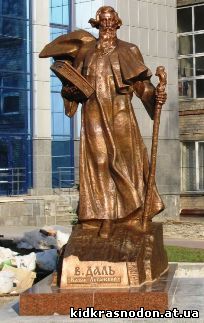THE
INFLUENCE OF MICROSTRUCTURE AND HYDROGEN-CONTAINING ENVIRONMENT ON THE
INTENSITY OF CAST IRON AND STEEL DAMAGE BY SLIDING FRICTION
a) b)
Fig. 10. Image of the friction (normal conditions of dry friction) and
undersurface layers × 100 (a), × 300
(b).
The material adjoining the zone of friction
(the central part of the image adjoining the black color) strongly differs from
the cast (initial) material of the pig-iron sample (the right part of the
picture). It has higher microhardness in comparison with the average one that characterizes metal matrix. It testifies
the changes in surface layers that
occurred during friction. According to literary data, these changes are:
transformations, allocation of dispersed carbides, martensite deformations,
occurrence of a white layer, e. g. [29 - 31].
a) b)
Fig. 11. Specific layers appearing on the friction surface × 1000 (a);
×5000 (b)
The
character of dislocation structures in the damage zone is known to to have noticeable changes. There are data proving that in an
initial condition the dispositions found in the entire volume of blocks
represent a figure three times higher than those located on the boundaries. The ratio is similar to
the intact sites, however, absolute values of dispositions in these sites are
lower than in the initial condition. So
at the tease and cracks with 5 - 6 microns thickness, the density of
dispositions in the volume of blocks increases in the zone sharply, whereas the
sub-borders cause the damage of the
surface [31, 32]. Level-by-level distribution of dispositions differs in a zone
of tease and cracks in the same way as it happens in a thin structure. The
layer with 1.5 microns thickness has the same substructure which corresponds to
the strengthened condition in the zone of tease, and in the zone of a crack -
to the condition after relaxation of micro-local pressure. Thus, a number of
actions assuring minimized deterioration
can be recommended [31 - 37] from generalizing available data on the alloying
influence on the formation of structurally-phased structure, initial parameters of
microstructure and complex physical and chemical processes proceeding into the
zone of triboconjugation, taking into account the effect of external parameters
(speed of sliding, pressure, conditions of contact etc.).











